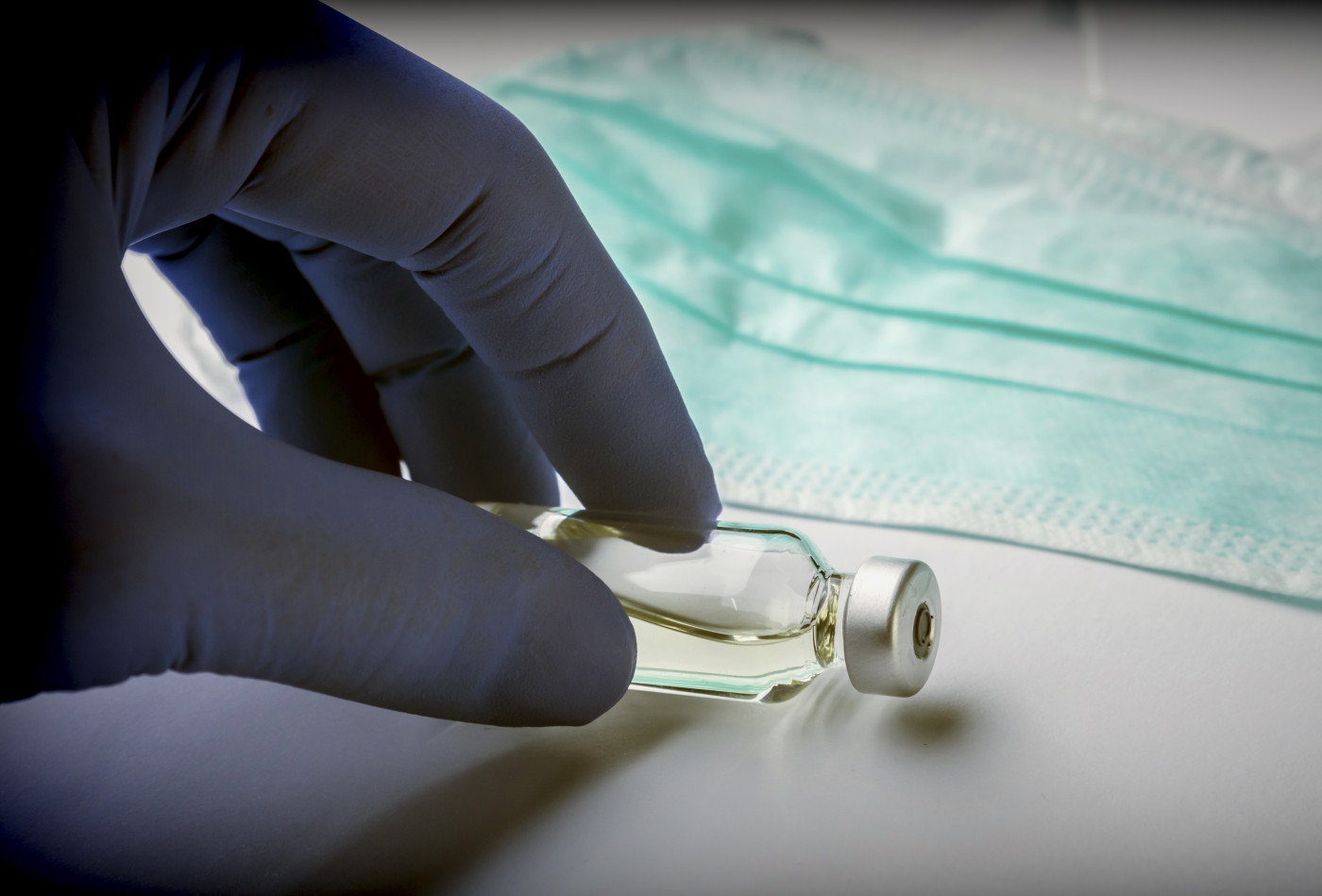#ACTRIMS2019 – Botox Earns High Marks from Patients, Physicians as Treatment for Spasticity, ASPIRE Follow-up Finds

Patients with a range of diseases and disorders, including multiple sclerosis (MS), report high satisfaction with botulinum toxin — also known as Botox (onabotulinumtoxinA) — as a treatment for spasticity, results from the ASPIRE clinical trial show.
The data were presented last week by Daniel S. Bandari, MD, from the MS Center of California & Research Group at the Hoag Neurosciences Institute, at the 4th Annual Americas Committee for Treatment and Research in Multiple Sclerosis (ACTRIMS) Forum in Dallas, Texas. His poster was titled “Individualized OnabotulinumtoxinA Treatment for Spasticity in Multiple Sclerosis Resulted in High Patient and Clinician Satisfaction: The Aspire Study.”
Botox is approved by the U.S. Food and Drug Administration (FDA) to treat muscle spasms, spasticity, and bladder symptoms in patients with a spectrum of diseases, including MS. It is estimated that six to nine of every 10 MS patients experience spasticity at some point.
In collaboration with developer Allergan, an international team of researchers examined real-world data on the effectiveness of Botox to treat spasticity in a study called ASPIRE (NCT01930786). Researchers also assessed both patient and clinician satisfaction with the treatment.
The ASPIRE trial is a prospective, international, multicenter, observational study in centers across North America, Europe, and Asia, that examined 730 adult patients (average age 53.6 years) with spasticity symptoms. In this patient group, the most common diseases were stroke (56%), followed by MS (16%).
Of the initial patients, 397 (54%) completed a two-year follow-up period.
Researchers observed a wide range of injections in upper and lower limbs. Anatomical location and electromyogram (EMG) localization were the most frequently used injection guiding methods in upper and lower limbs, respectively.
In MS patients, the most common treated upper limb spasticity presentation was flexed elbow; the most common lower limb presentation treated was equinovarus foot (in which one or both feet are rotated inward and downward).
Overall, clinicians and patients were satisfied with the effectiveness of Botox in easing spasticity symptoms.
“The majority of patients and clinicians were satisfied that onabotulinumtoxinA treatment improved the patient’s ability to participate in therapy/exercise” Bandari said, specifying 72% of the patients and 91% of the clinicians.
Furthermore, Bandari added, “the majority of patients and clinicians also indicated that they would continue to use onabotulinumtoxinA treatment for spasticity” after the study’s end, specifically 92% of the patients and 98% of clinicians.
Regarding safety, 261 of the initial 730 patients (35.8%), reported 831 adverse side effects. Of these, 23 were considered treatment-related. The most common treatment-related side effect was muscular weakness.
Overall, the team concluded that the results “add to the body of evidence on the safety and effectiveness of onabotulinumtoxinA for the treatment of spasticity.”
Bandari also emphasized that “ASPIRE provides valuable, real-world data … which may help guide clinical strategies.” It also “captured the individualized nature of onabotulinumtoxinA utilization for spasticity in MS patients, while consistently demonstrating high satisfaction among patients and clinicians.”






